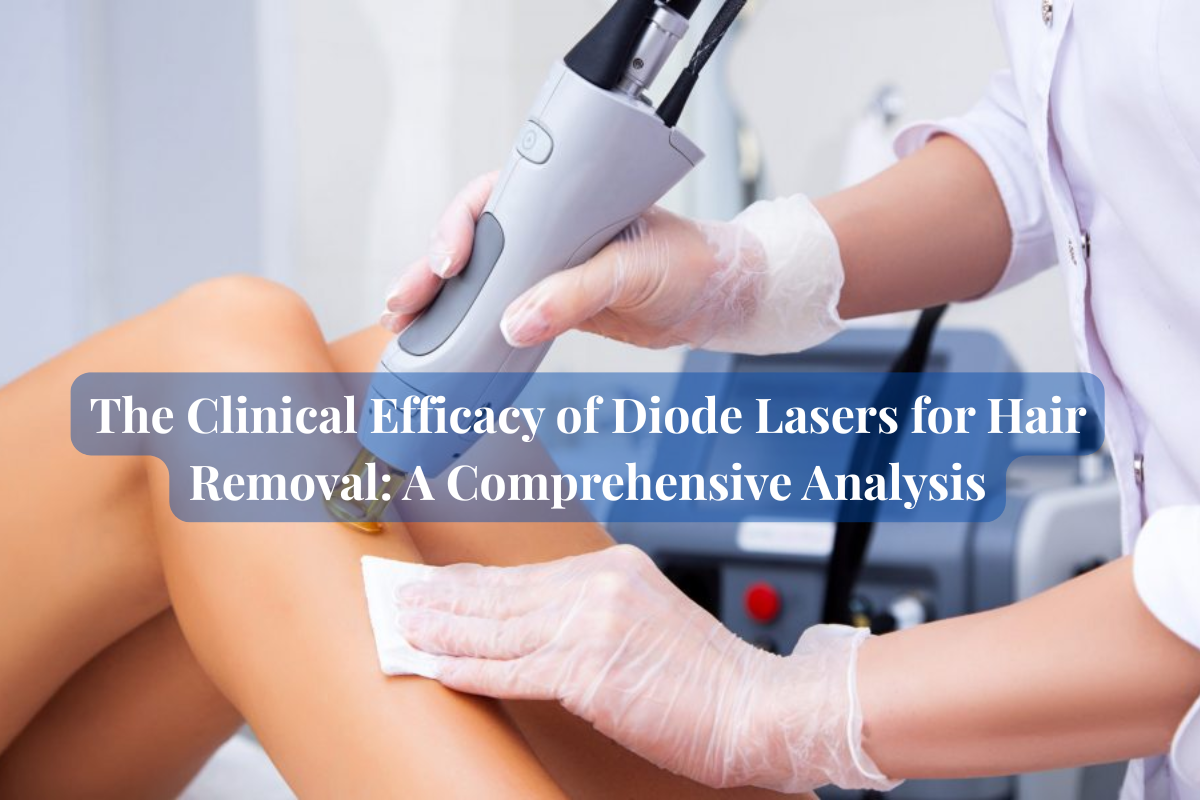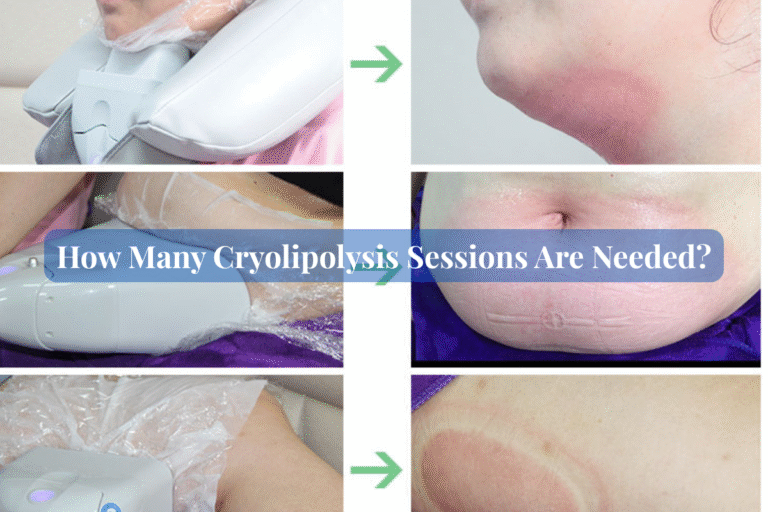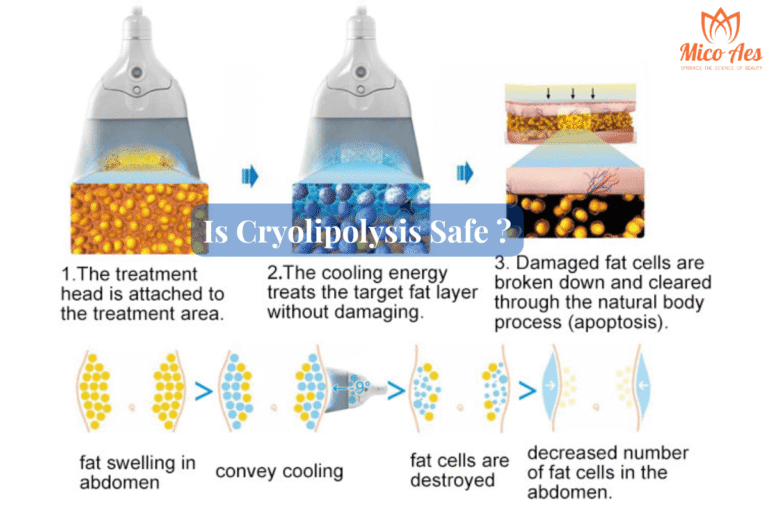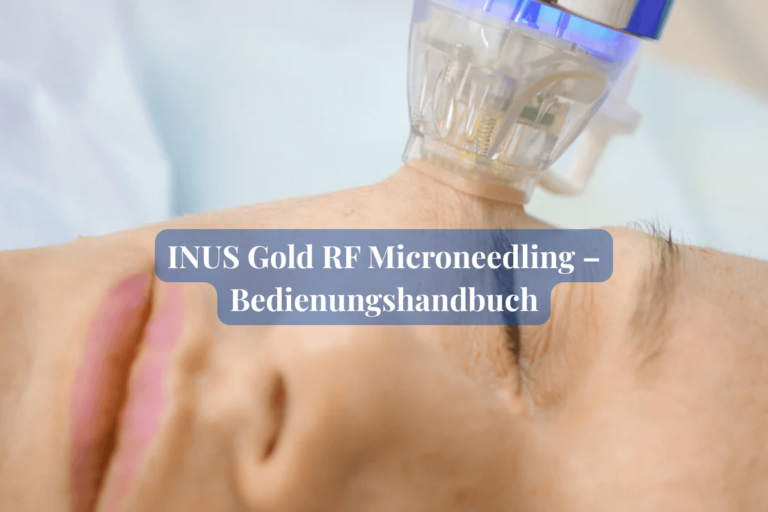Diode laser hair removal has emerged as a leading choice for those seeking smooth skin. This blog delves into the clinical efficacy of diode laser hair removal, examining key metrics such as effectiveness rates, recurrence rates, safety, and long-term outcomes based on authoritative research and clinical studies.
I. The Link Between Overall Effectiveness and Treatment Sessions
The fundamental mechanism of diode laser hair removal is the precise targeting of hair follicle stem cells (the hair papilla). The cyclical nature of hair growth means that multiple treatment sessions are necessary to achieve optimal results. During the first treatment, the average hair removal rate is around 30%, with the axillary and limb areas showing the best outcomes, while the perioral and lip areas lag behind at around 18.18%. This discrepancy is due to the different synchronization of hair growth cycles across various body parts, as well as differences in hair color and skin thickness. Energy density is a crucial factor; studies have shown that an energy range of 20–40 J/cm² is both safe and effective. Energy levels lower than this threshold will not achieve hair removal, while higher levels may cause epidermal damage.
As the number of treatment sessions increases, so does the effectiveness rate. After three sessions, the effectiveness rate can rise to 55.56%–67.74%. At this point, not only is the quantity of hair reduced, but the hair follicle structure also begins to exhibit vacuolar degeneration, resulting in finer hair. When the treatment sessions reach 5–6, the effectiveness rate can exceed 80%, with a cure rate of 36.76% for five sessions and 86.7% for six sessions. If the treatment sessions are further increased to 7–9, the effectiveness rate can climb to 99.16%, with any remaining hair being sparse and light in color. For instance, a study by Jiang Yang et al. observed 120 patients and found that the total effectiveness rate after six sessions was significantly higher than that after three sessions (P<0.05), which strongly supports the necessity and cumulative effect of multiple treatments.
II. Variations in Efficacy Across Different Body Areas
Due to significant differences in hair follicle density, hair color, and skin thickness across various body parts, the effectiveness of diode laser hair removal also varies. Specifically, the axillary and limb areas have a single-session effectiveness rate of 32–34% and typically require 4–5 sessions for a cure, with an appropriate energy density of 30–40 J/cm². The facial and hairline areas have a single-session effectiveness rate of 18–25%, needing 5–6 sessions, and an energy density of 18–30 J/cm² is more suitable. The perioral and lip areas have the lowest single-session effectiveness rate, below 18%, and at least six sessions are required, with an energy density of 18–25 J/cm². The bikini and chest hair areas have a single-session effectiveness rate of 25–30%, requiring five sessions for effective results, and an energy density of 25–35 J/cm² is recommended.
A study by Huang Xin et al. analyzed 445 patients and found that the number of sessions required for a cure in the axillary and limb areas was significantly lower than that for the upper lip area (P<0.01). This is because the hair follicles in the upper lip area are shallower and contain less melanin. Additionally, clinical data from 1,857 female patients in the Xinjiang region showed that the effectiveness rate in the axillary and limb areas was the highest, exceeding 95%. These research findings provide important references for clinical treatment, helping doctors select appropriate treatment plans and parameter settings based on the specific areas of patients to achieve the best hair removal results.
III. Long-term Follow-up and Recurrence Rates
Long-term follow-up data is crucial in evaluating the efficacy of diode laser hair removal. Follow-up results after six months of treatment show that the reduction in hair volume can be maintained at over 70%. Histopathological examinations reveal that hair follicles undergo atrophy and the activity of stem cells is lost, providing a solid biological basis for the long-term effects. Li Wenfang et al. conducted a follow-up study on 270 patients over a period of 6–12 months and found that no significant hair regrowth occurred in 327 treated areas during the follow-up period, which is an encouraging outcome.
However, there is some controversy regarding the recurrence rate after 12 months. Some aesthetic institutions often promote “permanent hair removal,” but it is essential to clarify the definition of “permanent.” In a 12-month follow-up study by Goldberg et al. involving 11 patients, the average hair reduction rate was still maintained at 70%, the same as at six months, but fine hair regrowth was observed in some areas. The main causes of recurrence may include hormonal changes (such as during pregnancy), incomplete treatment courses, and improper energy settings.
In summary, diode laser hair removal can achieve long-term hair reduction with a maintenance rate of over 70%, but it is not “absolutely permanent.” To achieve the best long-term results, patients need to complete the entire treatment course in a standardized manner and follow the doctor’s post-treatment care recommendations. Additionally, they should avoid factors that may affect hormonal levels.
IV. Safety Data: Incidence of Side Effects and Management
The safety of diode laser hair removal has always been a major concern in clinical applications. Fortunately, numerous studies have shown that the incidence of side effects is relatively low, generally below 5%, and most side effects are transient and do not cause long-term harm to patients.
Common side effects include erythema and edema, with an incidence rate of about 3–4%, which usually subside naturally within 24–48 hours. These side effects are often associated with high energy densities (>40 J/cm²), so it is crucial to strictly control energy parameters during treatment to avoid over-treatment. The incidence rate of pigmentation is relatively low, less than 1%, and mainly occurs in patients with dark skin (Fitzpatrick IV–VI types), lasting for 1–3 months. This suggests that when treating patients with dark skin, it is necessary to appropriately reduce the energy density and enhance the protective effect of the cooling system to minimize the risk of pigmentation. The incidence rate of blisters and burns is extremely low, less than 0.5%, but if they do occur, medical intervention may be required. These conditions are usually caused by cooling system failure or improper operation, so ensuring the proper functioning of the equipment and standardized operation is vital. Folliculitis is relatively rare and is generally associated with improper post-treatment care. Patients should keep the treated area clean after treatment to avoid infection.
In actual clinical cases, a study observed 101 patients and found that only four cases experienced transient erythema, with no pigmentation or scarring. In another study on auricular hair removal (using 755nm laser), only two cases developed blisters due to excessive energy settings. These data further confirm the safety of diode laser hair removal. At the same time, they remind us to fully consider individual differences, such as skin and hair color, during the treatment process to reduce the risk of side effects.
V. Key Factors Affecting Efficacy
(i) Precise Control of Technical Parameters
Wavelength is the primary factor affecting efficacy. The 808nm wavelength is considered ideal for diode laser hair removal. This wavelength matches the absorption peak of melanin and has sufficient penetration depth (≥4mm) to effectively target the deep structures of hair follicles. Pulse width is also critical. A pulse width of 10–100ms can match the thermal relaxation time of hair follicles, ensuring that energy is fully absorbed and converted into heat within the follicles while avoiding excessive epidermal warming that could cause damage. Additionally, the cooling system plays a significant role. The sapphire contact cooling system can control the temperature between -15℃ and 5℃, effectively protecting the epidermis and enhancing patient comfort during treatment.
(ii) Standardized Operation and Post-treatment Care
In terms of operation, the sliding technique (HRM mode) has advantages over the traditional spot irradiation method. The sliding technique allows for more uniform energy distribution over the treated area, improving treatment efficiency and reducing the risk of localized excessive energy. Post-treatment care is equally important. Patients need to strictly avoid sun exposure and prolonged exposure to high-temperature environments, as these factors may induce pigmentation, affecting treatment outcomes and skin health.
(iii) Consideration of Individual Differences
Individual differences are also significant factors affecting efficacy. Hair color has a marked impact on efficacy. Black hair absorbs laser energy more effectively, resulting in better hair removal outcomes. In contrast, lighter hair absorbs less energy, making treatment more challenging. Skin type is another crucial factor. Fitzpatrick I–III skin types have better tolerance to laser energy and achieve better results. In contrast, IV–VI types of darker skin require more cautious parameter selection to avoid side effects such as pigmentation.
VI. A Comprehensive Comparison with Other Hair Removal Techniques
Among the various hair removal techniques, diode laser hair removal stands out for its unique advantages, but it is not without flaws. Compared to the alexandrite laser (755nm), diode laser (808nm) has an effectiveness rate of 80–99%, slightly higher than the 70–85% of the alexandrite laser. In terms of pain sensation, diode laser causes less pain, making it more tolerable for patients. The alexandrite laser is more effective in patients with light skin but poses a higher risk for dark skin, as it can easily induce side effects such as pigmentation. Intense pulsed light (IPL) is a relatively cheaper hair removal technique with an effectiveness rate of 60–75%, mainly suitable for large, flat areas. However, it has a higher recurrence rate.
A study by Handrick et al. compared diode laser (800nm) with alexandrite laser (755nm) and found no significant difference in hair removal outcomes after a six-month follow-up. However, diode laser caused less pain. This research finding provides an important reference for clinical treatment, helping doctors choose the most suitable hair removal technique based on the patient’s specific condition.
Conclusion and Recommendations
In summary, diode laser hair removal has demonstrated remarkable performance in clinical applications. When operated in a standardized manner, an effectiveness rate of over 85% can be achieved after six treatment sessions, with long-term hair reduction maintained. The treatment is relatively safe, with a side effect incidence rate below 5%, primarily consisting of transient erythema. Long-term follow-up data shows a maintenance rate of over 70% after 12 months. Although it cannot achieve “absolute permanence,” standardized treatment and individualized maintenance therapy can effectively control hair regrowth.
To further optimize treatment outcomes, it is recommended to start with an energy level of 18–25 J/cm² and gradually increase it to 35–40 J/cm² based on the patient’s tolerance and treatment response. The interval between treatments should be controlled at 4–8 weeks to match the hair growth cycle, ensuring that each treatment effectively targets newly grown hair. For patients with dark skin (Fitzpatrick IV–VI types), it is advisable to select an 808nm wavelength device equipped with an efficient cooling system to minimize side effect risks and enhance treatment efficacy.
It is essential to note that the efficacy of diode laser hair removal is influenced by a combination of factors, including the technical parameters of the device (such as spot size and cooling system performance), the operator’s expertise, and the patient’s compliance. Therefore, choosing a reputable medical institution and a professional doctor for treatment and strictly following the entire treatment course as advised by the doctor are crucial to achieving the best hair removal results.







